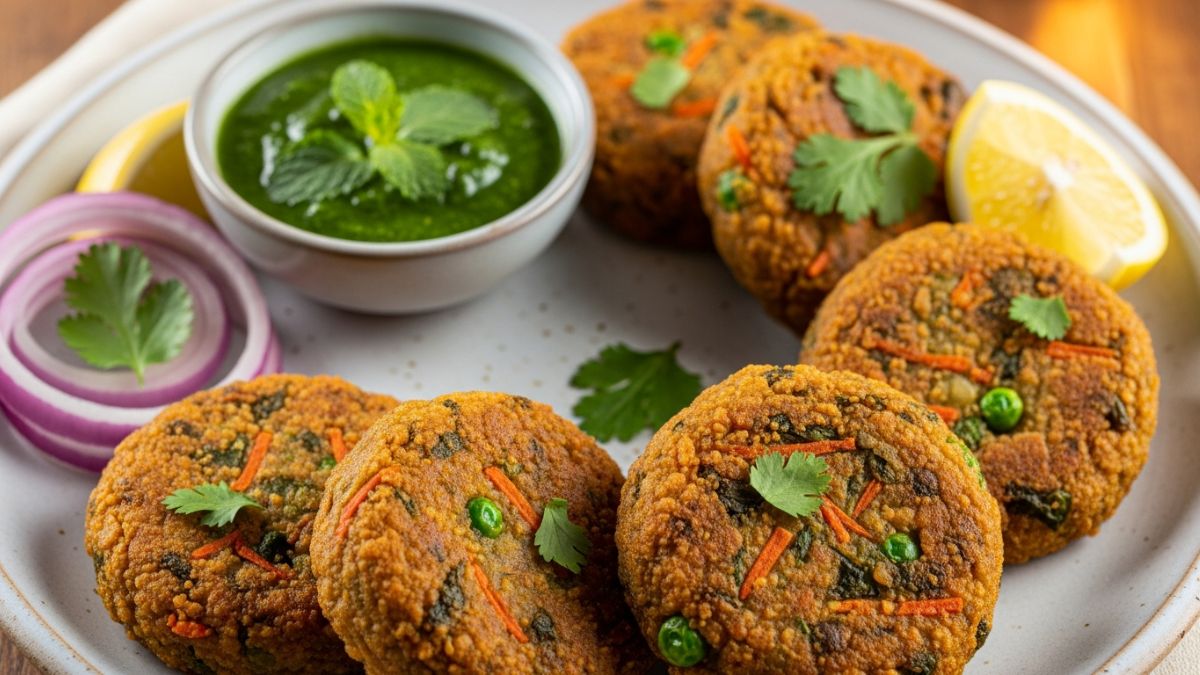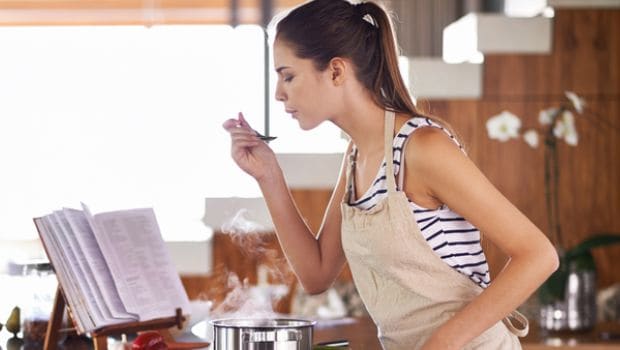More than two decades ago, I knew Washington, D.C., was home when I saw Salvador Dali's "The Sacrament of the Last Supper" hanging in the National Gallery of Art. I had traveled thousands of miles and many years, from the rugged coast of Catalonia to the hard streets of Manhattan, but when I saw Jesus and the Apostles gathered at the table, the familiar cliffs of northeastern Spain behind them, I knew that Washington was a place for me.Now the late artist is back in my life again. "Les Diners de Gala," released in English for the first time this fall, is a compilation of over-the-top recipes imagined, cooked and served by Dali and his wife, Gala, at the many lavish dinner parties they would throw across the world, from their home in Port Lligat two hours north of Barcelona to their Plaza Hotel apartment in Paris and all the way to rural Virginia. The book brims with esoteric ingredients, bizarre menu concepts and fantastical sketches done by the master himself.As a chef, I should tell you not to buy this book: that the exotic, at times surreal, recipes would be a waste of your time and money. But then I would be lying to you. I've had an original copy of this book, first published in 1973, for many years and have been drawing inspiration from it for much of my professional life. As a forceful, surrealist reflection of Dali's life at the dinner table, it is something cooks and creators of all types will find plenty to connect with, too.
I spent the most important part of my adolescent life working in Roses, a fishing village just down the coast from Cadaques, where Dali had a home, later converted into a museum. Every spring I would arrive by train in Figueres, where Dali was born and where his extraordinary self-curated museum lives on today. Portbou, where Dali bought a castle-like building as a gift to Gala, is just up the coast. With all these iconic places touched by Dali, I always imagined that his spirit was floating in the air around me.This part of Spain, called the Costa Brava, has a way of possessing locals and visitors alike. There is a wind called the tramontana. A wind that comes from the Pyrenees, strong and forceful, it is said to affect the psyche. "I'm not strange," the artist would say, "I'm just not normal." I felt that wind at the beginning of each spring working in El Bulli with Ferran Adria, the great Catalan chef whose avant-garde cooking channels so much of Dali's creative spirit. "At the age of six I wanted to be a cook," Dali once wrote. Gala may have done most of the cooking, but Dali's vision has had a huge impact on countless Spanish chefs.Dali spent many years away from Figueres and Cadaques, but he was very proud of the land where he was born. He peppered the area with his art. Many of the old bars and restaurants surrounding the region of Emporda wear his mark, from paintings hanging on the wall to impromptu sketches Dali would make on the back of checks in lieu of payment. (After all, paying the bill was for mortals.) He loved eating sea urchin from Cadaques and then painting it in his works: a clear message that if you are what you eat, you are also what you paint.As a proud Spaniard myself, I find it difficult to understand why a person so connected to his roots would create a cookbook with almost no dishes from the place of his birth. There are no Catalan dishes to speak of. Almost all of the food in "Les Diners de Gala" is French, with a few nods to Peru, Africa and the West Indies. His many years in Paris predominate. They say that we can conquer anyone through the stomach, and Gala, a smart, cosmopolitan Russian, clearly influenced Dali in matters beyond art. She brought other worlds to him, both on the canvas and in the kitchen.Dali lived every day as if it might be his last. No form of art was too high or too low for him. In 1969, the year I was born, he designed the logo for Chupa Chups, the colorful Catalan lollipop, one of the world's most popular candies. Even today, every time you pull off a wrapper, you're touching a piece of Dali. Food found a way into his art, and his art found a way into food."The secret of my influence has always been that it remained secret," he said. Nothing about Dali was straightforward, and "Les Diners de Gala" is a reminder of that: a surreal cookbook focused on classic and extravagant French recipes that all but ignores the place where he was born and where he left his strongest mark. I have a theory: Maybe he gave us a French cookbook so he could keep Catalonia to himself. So he could still dream of eating sea urchin in the winter, with the tramontana wind blowing. As if to say, "I may be a man of the world, but I know where I belong."
(This story has not been edited by NDTV staff and is auto-generated from a syndicated feed.)
I spent the most important part of my adolescent life working in Roses, a fishing village just down the coast from Cadaques, where Dali had a home, later converted into a museum. Every spring I would arrive by train in Figueres, where Dali was born and where his extraordinary self-curated museum lives on today. Portbou, where Dali bought a castle-like building as a gift to Gala, is just up the coast. With all these iconic places touched by Dali, I always imagined that his spirit was floating in the air around me.This part of Spain, called the Costa Brava, has a way of possessing locals and visitors alike. There is a wind called the tramontana. A wind that comes from the Pyrenees, strong and forceful, it is said to affect the psyche. "I'm not strange," the artist would say, "I'm just not normal." I felt that wind at the beginning of each spring working in El Bulli with Ferran Adria, the great Catalan chef whose avant-garde cooking channels so much of Dali's creative spirit. "At the age of six I wanted to be a cook," Dali once wrote. Gala may have done most of the cooking, but Dali's vision has had a huge impact on countless Spanish chefs.Dali spent many years away from Figueres and Cadaques, but he was very proud of the land where he was born. He peppered the area with his art. Many of the old bars and restaurants surrounding the region of Emporda wear his mark, from paintings hanging on the wall to impromptu sketches Dali would make on the back of checks in lieu of payment. (After all, paying the bill was for mortals.) He loved eating sea urchin from Cadaques and then painting it in his works: a clear message that if you are what you eat, you are also what you paint.As a proud Spaniard myself, I find it difficult to understand why a person so connected to his roots would create a cookbook with almost no dishes from the place of his birth. There are no Catalan dishes to speak of. Almost all of the food in "Les Diners de Gala" is French, with a few nods to Peru, Africa and the West Indies. His many years in Paris predominate. They say that we can conquer anyone through the stomach, and Gala, a smart, cosmopolitan Russian, clearly influenced Dali in matters beyond art. She brought other worlds to him, both on the canvas and in the kitchen.Dali lived every day as if it might be his last. No form of art was too high or too low for him. In 1969, the year I was born, he designed the logo for Chupa Chups, the colorful Catalan lollipop, one of the world's most popular candies. Even today, every time you pull off a wrapper, you're touching a piece of Dali. Food found a way into his art, and his art found a way into food."The secret of my influence has always been that it remained secret," he said. Nothing about Dali was straightforward, and "Les Diners de Gala" is a reminder of that: a surreal cookbook focused on classic and extravagant French recipes that all but ignores the place where he was born and where he left his strongest mark. I have a theory: Maybe he gave us a French cookbook so he could keep Catalonia to himself. So he could still dream of eating sea urchin in the winter, with the tramontana wind blowing. As if to say, "I may be a man of the world, but I know where I belong."
(This story has not been edited by NDTV staff and is auto-generated from a syndicated feed.)
Advertisement











